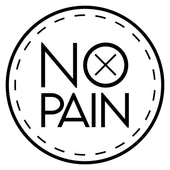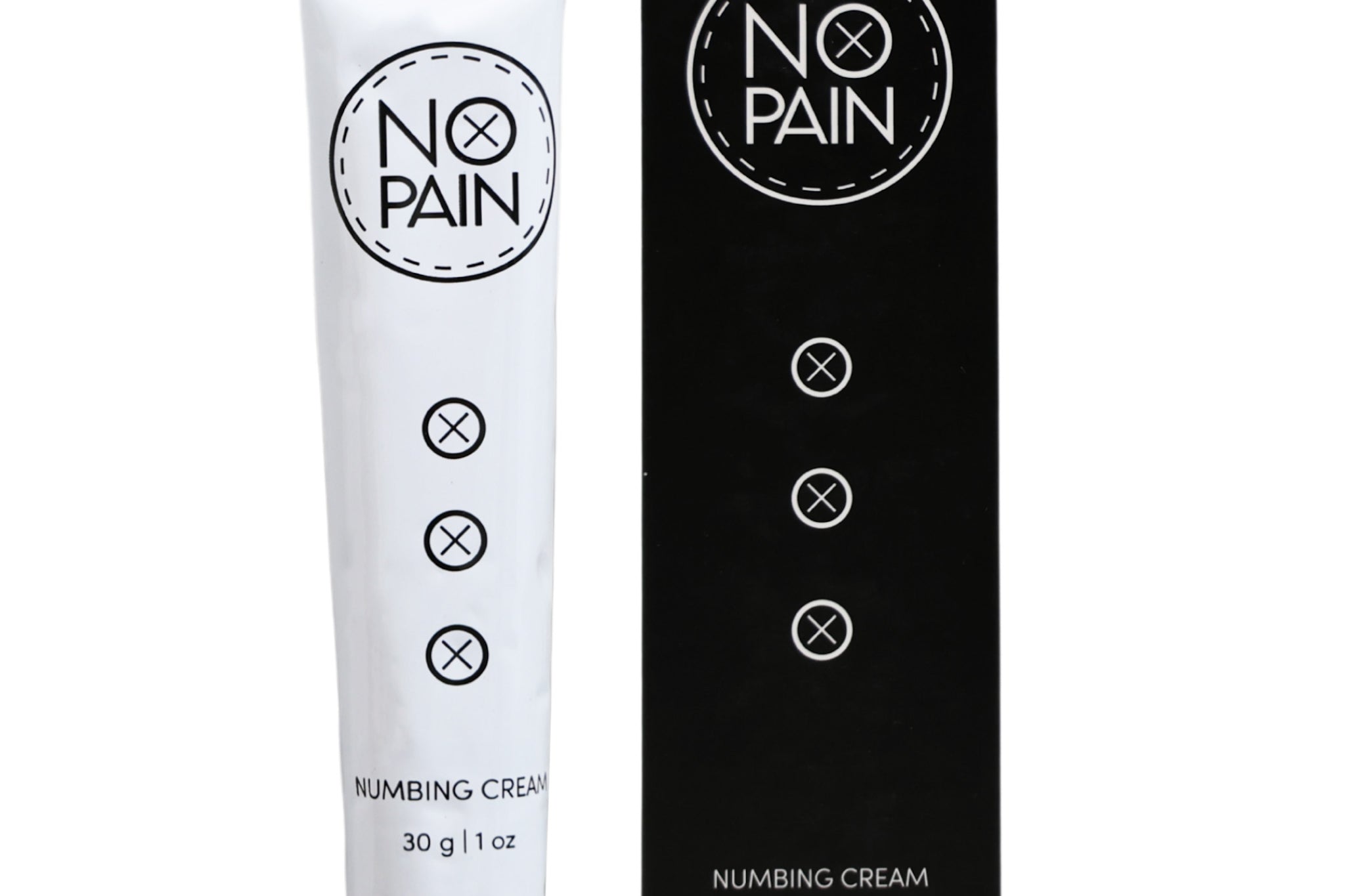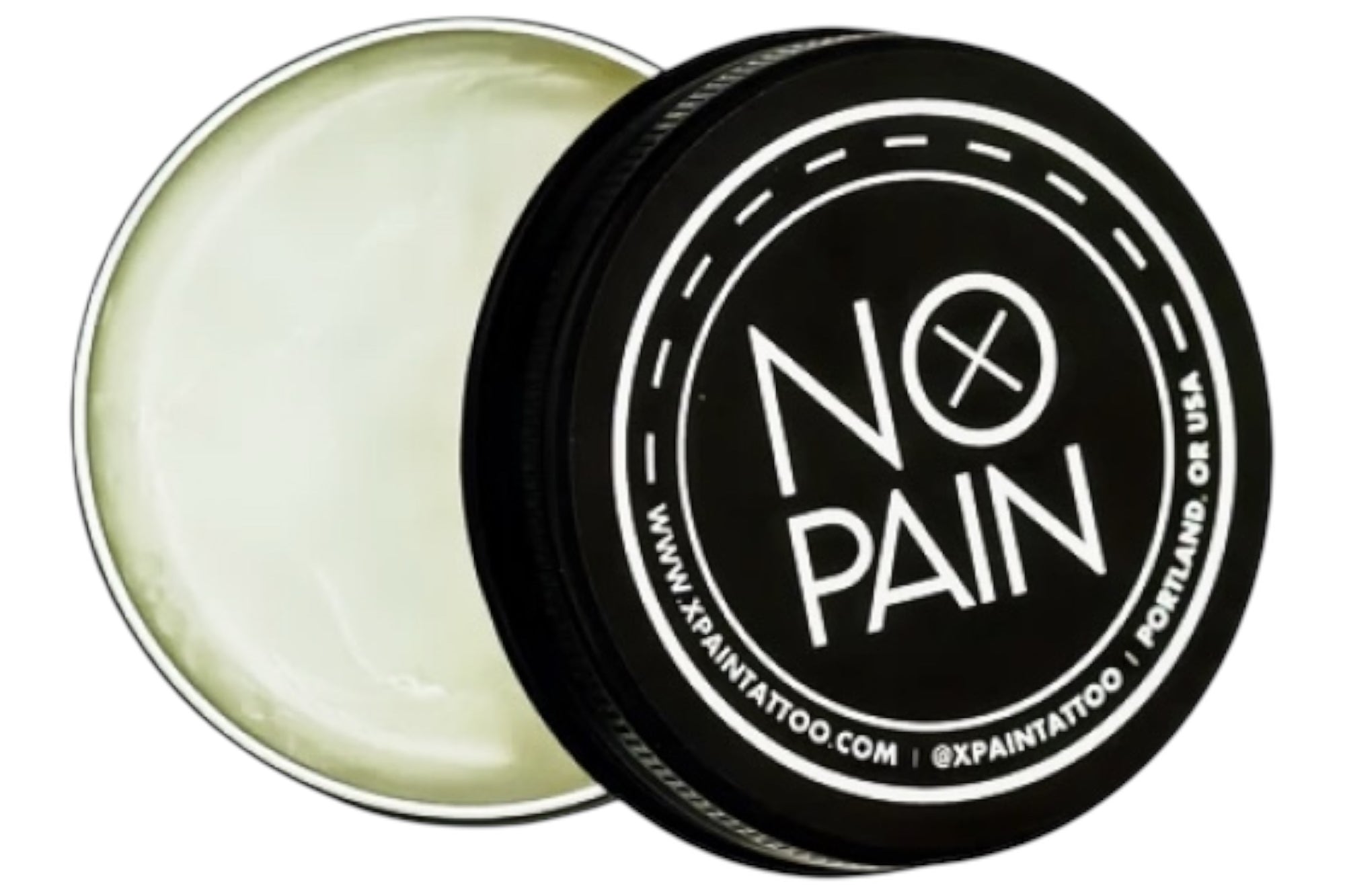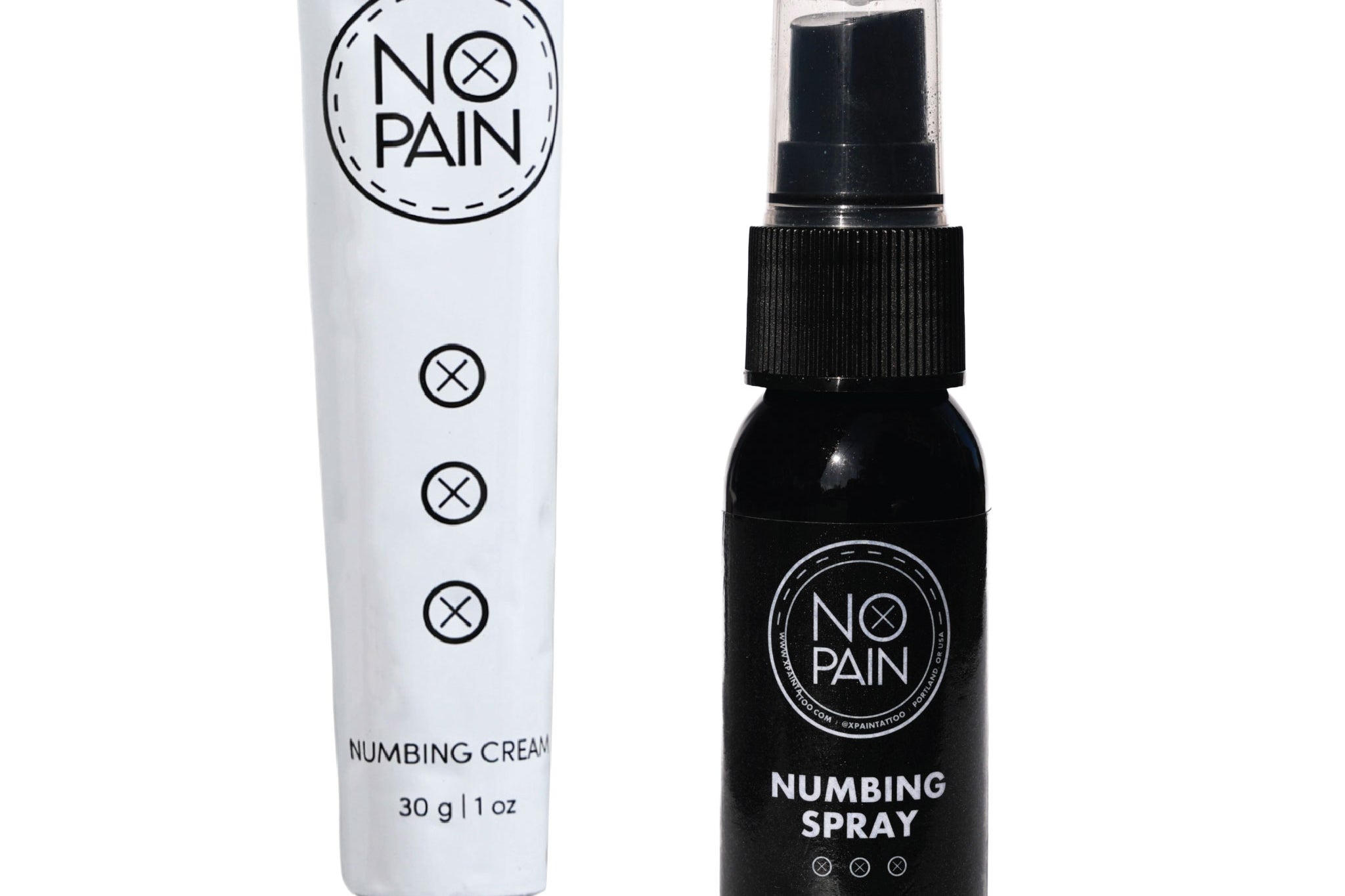There’s no denying the bold statement a set of knuckle tattoos makes. From "LOVE/HATE" to "HOLD FAST," they are an iconic, no-turning-back commitment to the tattoo lifestyle. They have a tough, undeniable coolness that’s hard to replicate anywhere else on the body.
But behind that tough exterior lies a critical question that anyone considering them needs to ask: Just how badly do knuckle tattoos hurt?
Let's not sugarcoat it: knuckle tattoos are widely considered to be one of the most painful places you can get tattooed. But don't let that stop you. Understanding why they hurt and how you can prepare for the session can make the difference between a miserable experience and a manageable one.
This is your complete guide to knuckle tattoo pain and how to conquer it.
The Anatomy of Pain: Why Knuckles are a Brutal Spot
The intense pain of a knuckle tattoo isn't just a legend; it's based entirely on the anatomy of your hand.
-
Extremely Thin Skin: The skin stretched over your knuckles is paper-thin. There is virtually no fat and very little muscle to act as a cushion between the needle and the bone.
-
Directly on Bone and Tendon: Your artist will be tattooing directly onto the bones and tendons of your fingers. This creates a sharp, intense pain and a rattling vibration that many people find deeply uncomfortable and hard to sit through.
-
High Concentration of Nerves: Your hands are one of the most sensitive parts of your body, packed with thousands of nerve endings that provide your sense of touch. Tattooing this area is a significant trauma to those nerves.
The Pain Scale Verdict:
On a scale of 1 to 10, where an outer forearm tattoo might be a 3/10, knuckle tattoos rank at a solid 8-10/10. This puts them in the same high-pain category as feet, ribs, the sternum, and the elbow ditch.
More Than Just Pain: Other Knuckle Tattoo Challenges
Before you commit, it's important to know that the pain is only the first hurdle.
-
Difficult Healing: Healing knuckle tattoos is notoriously tough. The constant movement, bending, and washing of your hands means the healing skin is always being disturbed. This can lead to ink falling out and a patchy heal.
-
Guaranteed Fading: Due to the thin skin and the high usage of your hands, knuckle tattoos fade faster than almost any other placement. Be prepared for the fact that your tattoo will require regular touch-ups every few years to stay looking bold and sharp.
-
The "Job Stopper" Factor: While tattoos are more accepted than ever, highly visible hand, neck, and face tattoos can still have repercussions in certain professional environments. It's a factor that must be considered.
How to Conquer Knuckle Tattoo Pain
Given that knuckle tattoos combine thin skin, bone, and a high concentration of nerves, managing the pain is the key to a successful session. A client who is twitching or pulling away in pain makes it nearly impossible for an artist to pull the clean, solid lines that these tattoos demand.
This is where a powerful topical anesthetic is not just a luxury—it's a game-changer.
Our No Pain Tattoo Numbing Cream is the perfect tool for conquering knuckle tattoo pain. By applying a thick layer and wrapping your hand as directed 60-90 minutes before your appointment, you can deeply numb the area. This transforms a potentially excruciating experience into a much more manageable one. It allows you to sit still and relaxed, giving your artist the stable canvas they need to pack in the ink perfectly on the first try. A smoother session with less trauma can even contribute to a better initial heal—a huge advantage for a tricky spot like the knuckles.
The Verdict: Knuckle tattoos are undeniably cool, but they are also undeniably painful. The healing is tough, and they require a lifetime of maintenance.
Getting your knuckles tattooed is a serious commitment, but it's one you don't have to face with gritted teeth. With the right mental preparation and the power of a good numbing cream, you can walk out of your appointment with the bold statement piece you’ve always wanted, minus the excruciating pain.



